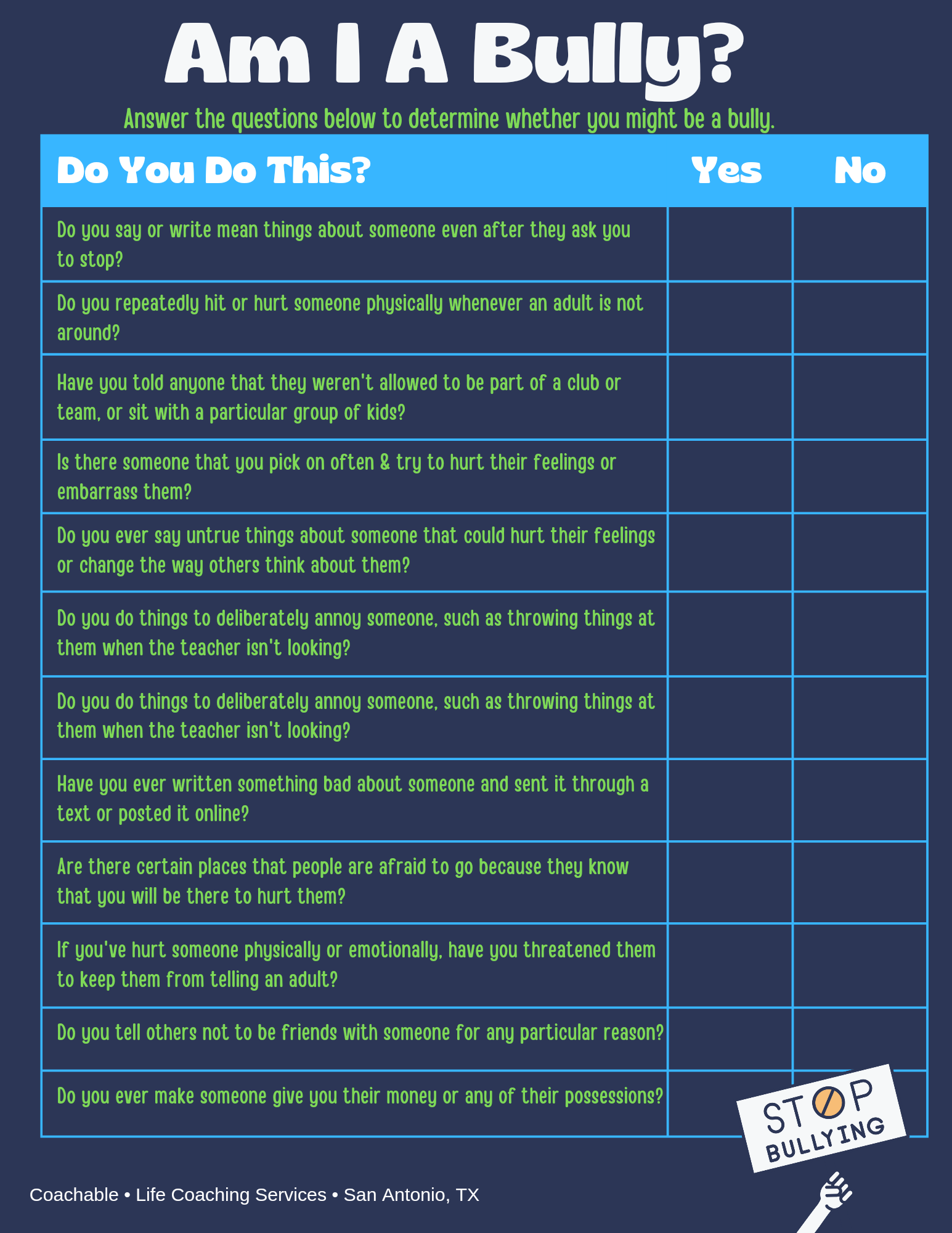With the Centers for Disease Control now telling us that the percentage of children diagnosed with Attention Deficit Hyperactivity Disorder is on the rise, it’s no surprise that teachers are seeing a difference in the behaviors and limits of their students.
The prevalence of ADHD in children has increased by an incredible:
- 7.8% in 2003
- 9.5% in 2007
- 11% in 2011
With that number only continuing to rise over time, more and more children will likely struggle to fit into the standard ‘box’ that traditional education provides. For children diagnosed with ADHD, anything from solely focusing on one task to just sitting still in their chair can be a challenge. This is applied tenfold when it comes to a classroom where teachers try to manage and support multiple students, each of which has its own needs and requirements to succeed academically.
So what is the reason for this sharp increase in diagnosis and children struggling to concentrate and behave in the classroom? There are many different theories, including changes in the criteria for diagnosis, medical treatment, and increased understanding and awareness of ADHD. Some theories even suggest that symptoms can directly result from a child’s home life, leading them to need consistent attention and support to allow them to concentrate on one task.
How children are struggling to sit still
According to pediatric occupational therapist Angela Hanscom, founder of TimberNook, when it comes to children being unable to sit still and concentrate the long periods, the fault lies with how those children are being taught. With children aged five and six being required to sit still for long periods in the classroom, kids who struggle with these tasks are routinely reminded that their behavior is not in line with what is required.
But for younger school-age children, the inability to sit still is more common than you might think. In the average classroom, eight children out of twenty-two will struggle to concentrate for full lessons. During circle time, a common practice for kindergarteners, children need to sit for a half-hour or more – still and silently – something that, in practice, can be damaging for children in the long run.
Why sitting still is more of an issue than ever
With more and more demand of schools to provide academic results, the focus on children developing through a range of activities – including through play – has fallen to the wayside in exchange for more ‘learning time.’ Instead of having recess time to blow off steam, climb and run, children are often confined to home or their classrooms, leading to a surplus of energy that isn’t getting used. For younger children especially, time outdoors and exercising can help them better manage and develop cognitive processes, allowing them to focus more and sit still.
In a typical modern classroom, children now struggle to remain still. As Angela Hanscom describes, this could manifest in anything from swinging on their chairs, rocking, chewing pencils, or even rhythmic activity such as hitting a water bottle or pen against the desk. Over the years, core strength and balance have become far reduced in elementary school-age children due to lack of exercise, time outside, or opportunity to move.
What can we do to help
While fidgeting is a common problem in any school, it can be a reflection of the struggles a child is facing. For an elementary school student’s brain to function effectively, exercise and movement must be added to the mix, enabling them to spend time developing in ways that sitting at home or in a classroom can’t provide what their brain needs for them to thrive in the long-term. For children with ADHD, this is especially vital, as movement and releasing energy and frustration can be excellent ways to support their learning.
So, what can parents and teachers do to help children sit still in the classroom? The first step isn’t to encourage more stillness. Instead, we should encourage children to move more and be more active both in and outside school. This could include:
- Adding in exercise time at the beginning and end of each lesson to allow children to wind down
- Bringing more movement into the classroom when children are becoming restless, such as following the leader or similar action-based games
- Providing children with time outside before and after school to play and expend energy
- Encouraging children to have time free of technology to play outside, in parks or backyards to improve movement and coordination
It’s essential for teachers, especially, to note that fidgeting isn’t always a sign of a purposeful lack of focus or bad behavior. Instead, by looking at the root of the issue instead of the visible appearance of the behavior, we can easily see that inability to sit still can be a clear result of their lifestyle. For children today, movement comes second-best – that needs to change if we want to help them succeed.















